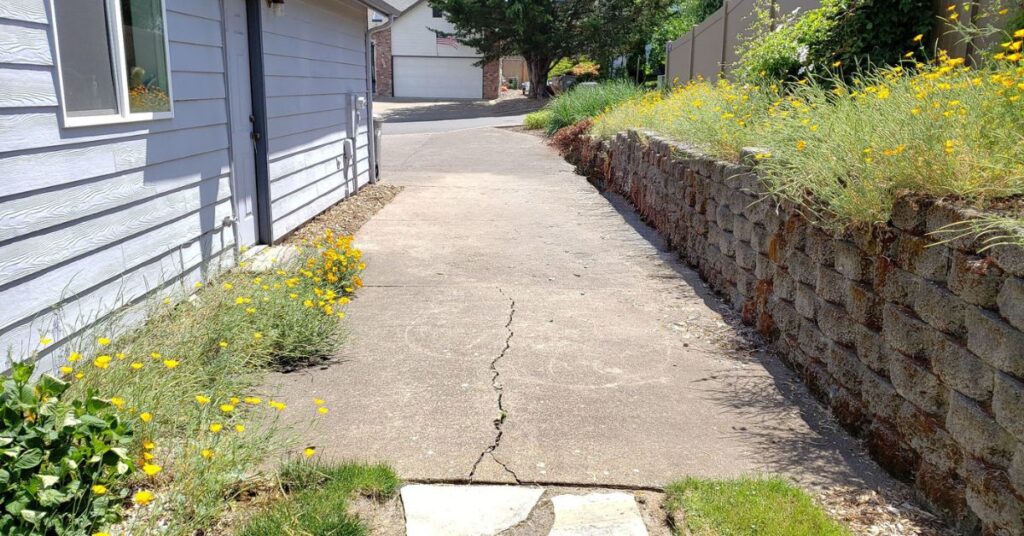Stamped Concrete vs Pavers: Renovation Choices Explained
Planning a home renovation or landscaping project can raise many questions, especially when considering attractive and durable options for pathways, patios, or driveways. Two very popular choices that homeowners usually find themselves deciding between are stamped concrete vs pavers. Understanding these materials’ differences, advantages, and considerations can help in making an informed decision that will enhance the beauty and functionality of your outdoor spaces.
Whether you’re upgrading an existing structure or starting from scratch, the battle between stamped concrete vs pavers is one that ultimately comes down to personal preference, project scope, and budget. Both options provide unique benefits and aesthetic appeal, making them popular choices for homeowners across various regions. Let’s delve deeper into what makes each option stand out.

The Basics of Stamped Concrete
Stamped concrete is a design process where regular concrete is mixed with color and patterns are pressed into it before it sets. This technique gives the surface an elegant, textured look similar to stones, bricks, or tiles. You can learn more about what constitutes reinforced concrete and how it’s implemented in such projects.
Advantages of Stamped Concrete
1. Cost-Effective: One of the significant advantages of stamped concrete is that it tends to be more affordable than pavers, providing a high-end look without the high-end price tag.
2. Customization: With a variety of colors and patterns available, homeowners can customize the look to match their aesthetic desires, making each project unique.
3. Seamless Design: Unlike pavers, stamped concrete provides a continuous surface with no spaces in between, which might appeal to those looking for a sleek, uninterrupted appearance.
Disadvantages of Stamped Concrete
Despite its popularity, stamped concrete comes with some considerations. Frequent sealing is necessary to prevent cracking and weather damage, which could require additional long-term maintenance.
The Basics of Pavers
Pavers are pre-fabricated blocks made from concrete, stone, or brick. They come in various shapes, sizes, and colors, allowing homeowners to create stunning and durable designs quickly and easily. Discover why pavers are preferred by browsing the difference between cement and concrete for insights.
Advantages of Pavers
1. Durability: Pavers are incredibly durable and may last for decades, often outlasting the surface beneath them.
2. Easy Repairs: If a paver becomes damaged or stained, you only need to replace the affected block rather than an entire section, making repairs easy and cost-effective.
3. Varied Design Options: Pavers provide higher flexibility in terms of design, allowing for many layout patterns and styles to suit different tastes.
Disadvantages of Pavers
Considerations for choosing pavers include potential weeds growing between the joints, requiring timely maintenance, and possibly higher installation costs due to labor intensity.
Comparing Stamped Concrete and Pavers
When it comes to stamped concrete vs pavers, the choice largely depends on the homeowner’s specific needs, budget, and desired aesthetic. Both solutions provide durable, beautiful alternatives for outdoor enhancements but differ in terms of customization, installation, and maintenance.
Cost Considerations
The cost of stamped concrete is generally lower than pavers due to material and labor expenses; however, pavers may offer longer-term savings through easier repairs and maintenance.
Installation Concerns
Installation of either option requires expert skills. Stamped concrete demands precise timing to create the desired pattern, while pavers need leveled, well-prepared ground to ensure stability. Additional knowledge about quality concrete benefits can provide further confidence in decision-making.
Environmental Impact
Both stamped concrete and pavers are sustainable options, with pavers often being preferred for eco-friendly designs due to their permeability and reduced surface runoff, which helps manage stormwater drainage.
Visual Appeal
The choice between stamped concrete vs pavers often comes down to visual preference. While stamped concrete can mimic natural stone or brick seamlessly, pavers offer distinct separation lines for a classic cobblestone appearance.
Weather and Climate Suitability
Climate considerations can influence your choice. Regions prone to extreme cold and freeze-thaw cycles may benefit more from the flexibility and joint strength of pavers. Learn more from this detailed guide about the advantages of using different materials across climates.
Maintenance Needs
Stamped concrete requires regular sealing to maintain its look and prevent cracks, whereas pavers need checking for settling and weeds between the gaps.
Resale Value
Both options can enhance property value through improved curb appeal, but some homebuyers might prefer the historical charm of pavers over contemporary stamped patterns.
Combining Both Materials
For a truly unique approach, homeowners might consider combining both stamped concrete and pavers within their landscape designs. This blend can optimize aesthetics and function while mitigating the individual drawbacks associated with each material.
Expert Recommendations
Consulting with professionals can provide personalized recommendations that balance budget constraints with stylistic goals. An expert assessment will ensure your project aligns with your vision while adhering to structural necessities.
Conclusion
The choice between stamped concrete vs pavers should take into account aesthetics, climate, usage, and maintenance preferences. Both materials offer excellent solutions for enhancing any home’s exterior appeal and function.

Frequently Asked Questions
1. Can stamped concrete last as long as pavers?
While stamped concrete can be resilient and long-lasting with proper maintenance, pavers often surpass them in terms of longevity due to their replaceable nature.
2. Do stamped concrete and pavers require special cleaning products?
No special cleaning products are mandatory; however, using environmentally friendly and appropriate products for concrete and stone surfaces will help maintain their appearance over time.
3. Which is more customizable, stamped concrete or pavers?
Both options offer a high level of customization, with stamped concrete offering varied patterns and textures and pavers allowing versatile layouts and color schemes.
This article contains affiliate links. We may earn a commission at no extra cost to you.
